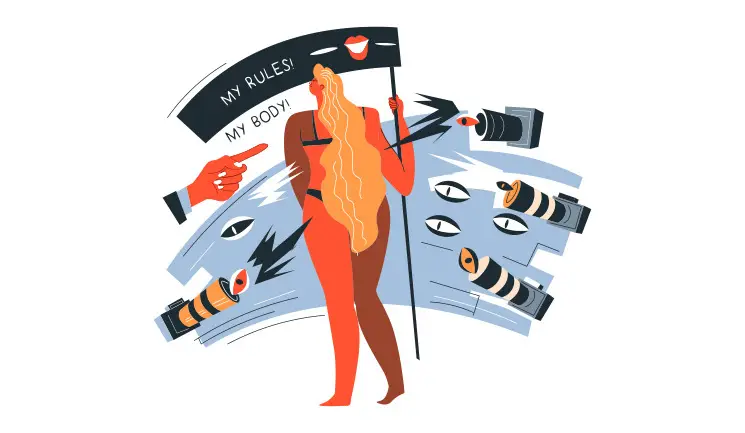Dr Mayoni Gooneratne discusses feelings of guilt and shame among patients in aesthetic clinics and what practitioners can do to shift perceptions around cosmetic procedures
To access this post, you must purchase Aesthetics Journal Membership – Annual Elite Membership, Aesthetics Journal Membership – Annual Enhanced Membership or Aesthetics Journal Membership – Basic Membership.
log in
log in

